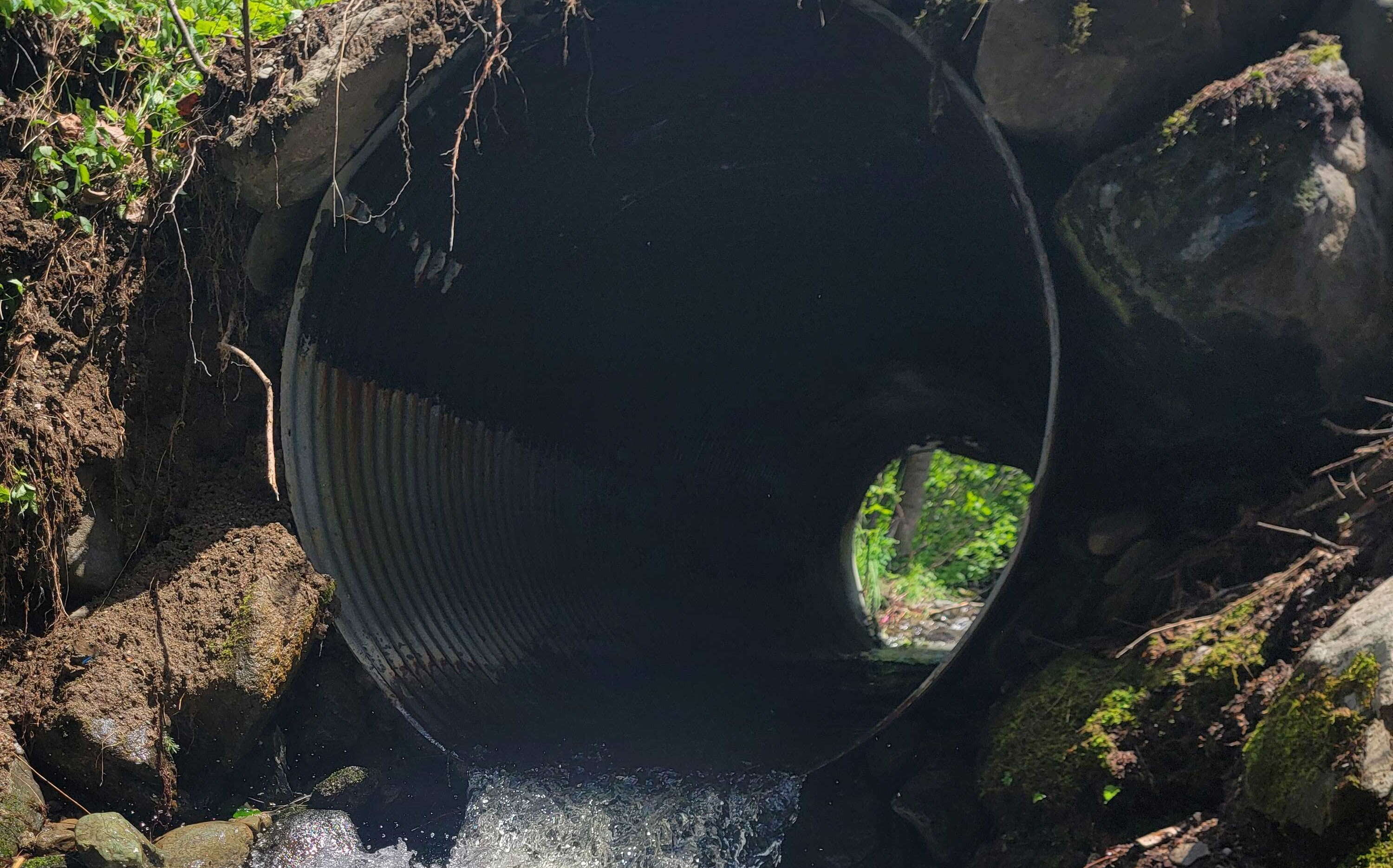
Processing Your Payment
Please do not leave this page until complete. This can take a few moments.
- News
-
Editions
-
- Lists
-
Viewpoints
-
Our Events
-
Event Info
- Women's Leadership Forum 2025
- On the Road with Mainebiz in Bethel
- Health Care Forum 2025
- On The Road with Mainebiz in Greenville
- On The Road with Mainebiz in Waterville
- Small Business Forum 2025
- Outstanding Women in Business Reception 2025
- On The Road with Mainebiz in Bath
- 60 Ideas in 60 Minutes Portland 2025
- 40 Under 40 Awards Reception 2025
- On The Road with Mainebiz in Lewiston / Auburn
- 60 Ideas in 60 Minutes Bangor 2025
Award Honorees
- 2025 Business Leaders of the Year
- 2024 Women to Watch Honorees
- 2024 Business Leaders of the Year
- 2023 NextUp: 40 Under 40 Honorees
- 2023 Women to Watch Honorees
- 2023 Business Leaders of the Year
- 2022 NextUp: 40 Under 40 Honorees
- 2022 Women to Watch Honorees
- 2022 Business Leaders of the Year
-
-
Calendar
-
Biz Marketplace
- News
- Editions
- Lists
- Viewpoints
-
Our Events
Event Info
- View all Events
- Women's Leadership Forum 2025
- On the Road with Mainebiz in Bethel
- Health Care Forum 2025
- On The Road with Mainebiz in Greenville
- On The Road with Mainebiz in Waterville
- + More
Award Honorees
- 2025 Business Leaders of the Year
- 2024 Women to Watch Honorees
- 2024 Business Leaders of the Year
- 2023 NextUp: 40 Under 40 Honorees
- 2023 Women to Watch Honorees
- 2023 Business Leaders of the Year
- + More
- 2022 NextUp: 40 Under 40 Honorees
- 2022 Women to Watch Honorees
- 2022 Business Leaders of the Year
- Nomination Forms
- Calendar
- Biz Marketplace
Rangeley-based M&H Construction pitches in on Kennebago headwaters restoration
 Photo / Courtesy Rangeley Lakes Heritage Trust
The team performs electro-fishing in the stream to remove fish from the work site.
Photo / Courtesy Rangeley Lakes Heritage Trust
The team performs electro-fishing in the stream to remove fish from the work site.
The Rangeley Lakes Heritage Trust team accomplished a substantial amount of work this summer to restore infrastructure that protects the Kennebago watershed.

The Kennebago watershed stretches from the Quebec border to where the river meets Cupsuptic Lake, draining from subalpine peaks to the valley floor with diverse topography, forest types and complex hydrology.
The trust’s Kennebago headwaters restoration project comprises 10,330 acres, featuring miles of shorefront, headwater tributaries, wetlands and riparian areas along the main stem of the river.
The waters are a key driver of regional water quality, biodiversity and climate resilience in the upper Androscoggin watershed, according to the trust’s newsletter.
It’s also one of the nation's remaining strongholds for wild Eastern brook trout populations.
The holistic restoration project includes watershed-wide habitat restoration and enhancements, including the removal of culverts, construction of new open-bottom bridges, strategic wood additions, riparian buffers and sustainable forest management.
With the help of Rangeley-based M&H Construction and U.S. Fish and Wildlife System's Gulf of Maine Coastal Program, the trust replaced three culverts with open-bottom bridges this summer.

Perched and undersized culverts create barriers for native brook trout and other aquatic organism passage. Replacing the barriers with open-bottom bridges has reconnected 10 miles of critical upstream habitat in the Kennebago watershed.
The projects aim to improve the health and resiliency of wild brook trout populations, prevent future degradation of aquatic habitats and ensure access to the public for outdoor recreation, and forest operations.









0 Comments